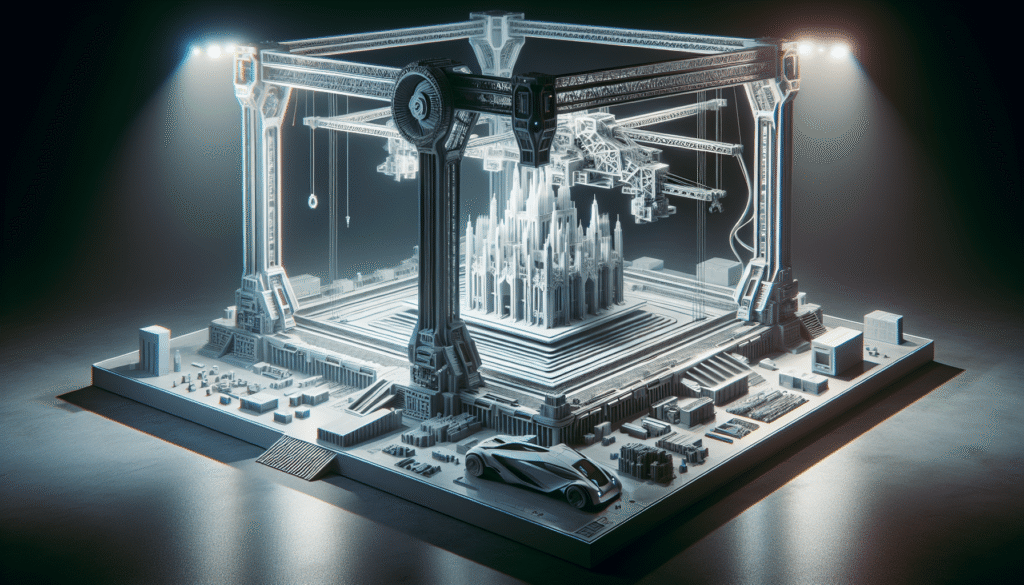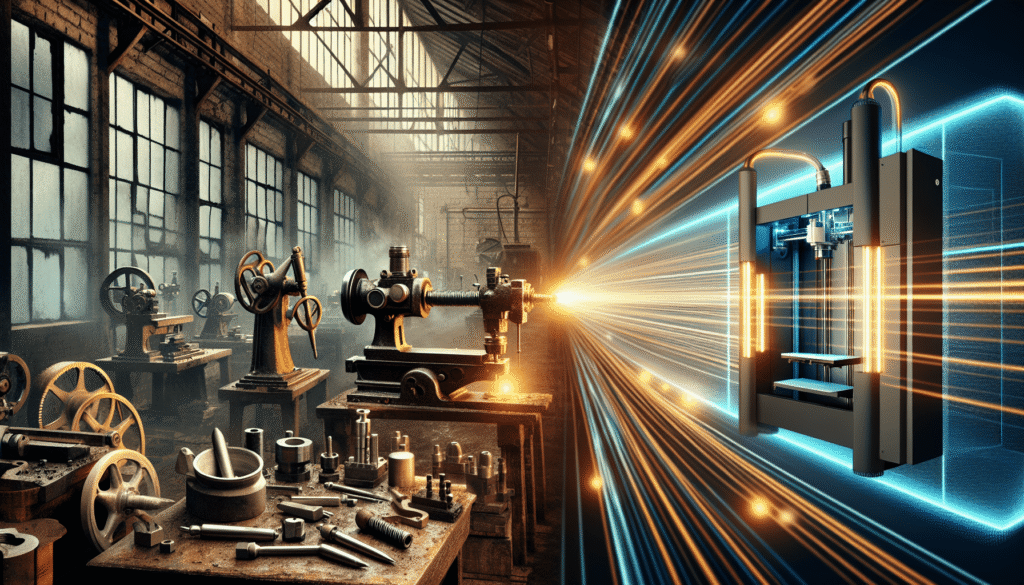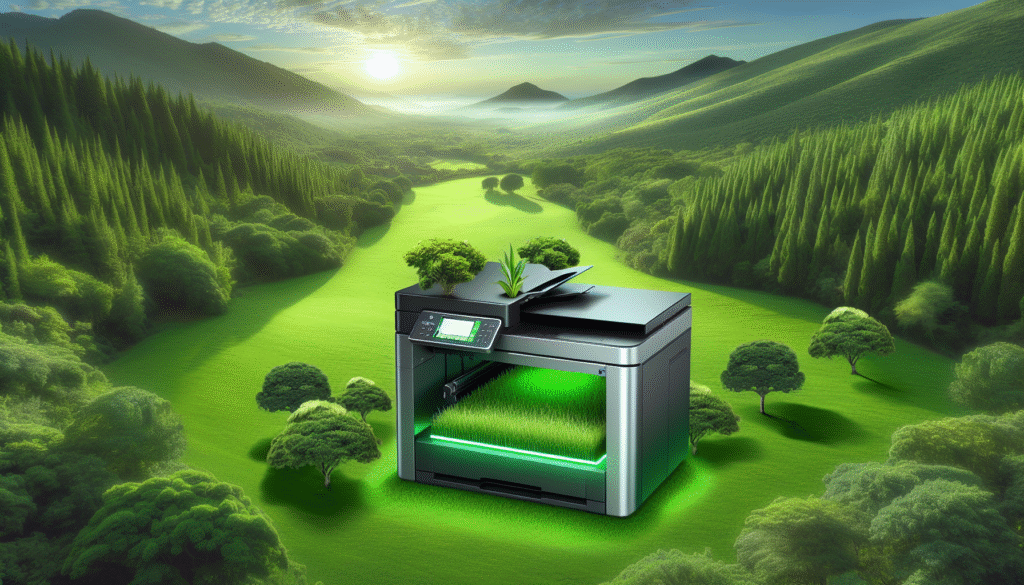Have you ever marveled at the intricacies of an airplane or a spacecraft and wondered how they evolved from the sometimes clunky machines of yesteryear into the sleek, gravity-defying instruments of today? Well, let me tell you, the answer often lies within an innovation as mind-boggling as the final products themselves: 3D printing. Over the past few years, aerospace 3D printing has soared to impressive heights, providing new and lightweight solutions that are changing how we reach for the skies.
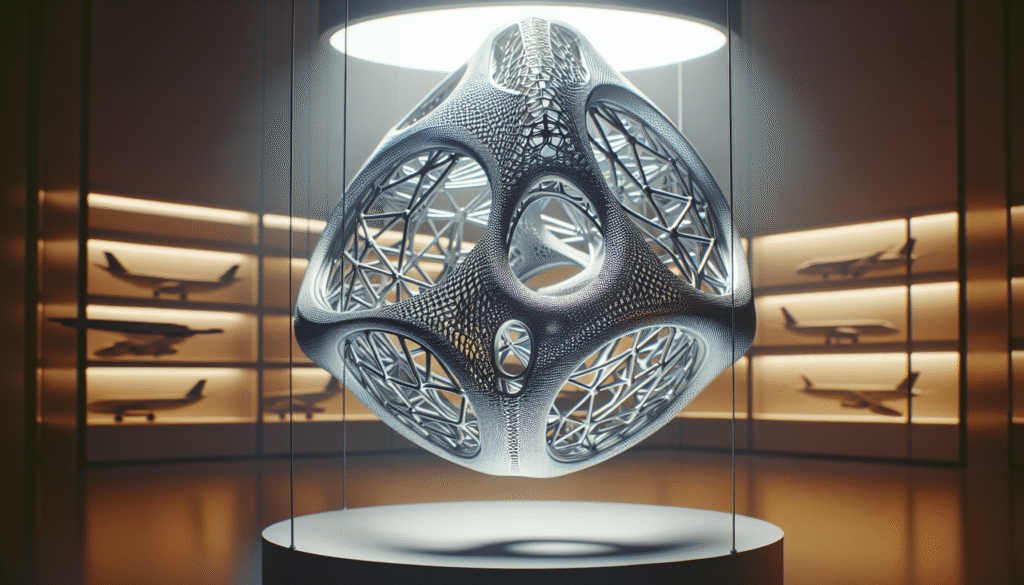
The Exciting World of Aerospace 3D Printing
The introduction of 3D printing in aerospace may sound like something out of a sci-fi novel, but it’s as real as the plane you boarded for your last family vacation. Known officially as additive manufacturing (AM), this process involves creating three-dimensional objects by layering material based on precise digital designs. This technological marvel has allowed engineers and manufacturers to produce components that are lighter, more durable, and often more cost-effective than the conventional fabrication methods we were once stuck with.
Trimming the Fat: Lightweight Designs
In the aerospace industry, weight is a crucial factor. Every ounce counts, literally, because less weight means less fuel consumption and lower operating costs. Here, additive manufacturing truly shines by allowing designers to create parts with optimized weight while maintaining the structural integrity essential for flight. Picture components that are more delicate in appearance but stubbornly robust in reality—much like whipped cream that somehow supports a cherry.
The Role of Materials in 3D Printing
When you think of 3D printing, you might think of hard plastics from desk-side gadgets. However, the scope of materials used in aerospace AM is much broader, and it includes metals like titanium and aluminum, as well as polymers reinforced with carbon fibers. These materials are not just buzzwords in a technophile’s vocabulary; they are the backbone of many high-performance aerospace components.
| Material | Characteristics | Application in Aerospace |
|---|---|---|
| Titanium | Strong, lightweight, corrosion-resistant | Engine components, brackets, and structural parts |
| Aluminum | Lightweight, good tensile strength | Fuselage structures, wing components |
| Carbon Fiber | High strength-to-weight ratio, fatigue resistance | Composites for wings and fuselage |
Precision and Complexity Meet Accessibility
One of the most intriguing aspects of 3D printing is its ability to reproduce complex geometries that traditional methods just can’t cope with. Imagine trying to carve a marble statue with only a butter knife—exaggeration aside, that’s what traditional manufacturing feels like sometimes. With 3D printing, creating complex internal cavities, intricate lattice structures, and smooth surfaces is more than just feasible; it’s straightforward.
The Pioneers and Players of the Aerospace AM Industry
Turning our attention to the artists in this high-tech studio, let’s talk about the companies leading the charge in aerospace AM. We’re not dealing with lone inventors tinkering in their garages but rather industry giants and innovative startups. Companies like Boeing, Airbus, GE, and SpaceX are investing heavily in 3D printing technology, driving forward the adoption of this cutting-edge solution.
Boeing: Partnering with Polymers
Known as one of the largest aerospace manufacturers, Boeing has taken significant strides by integrating AM into its production line. With a focus on polymer 3D printing for cabin components, Boeing has achieved weight reductions leading to fuel savings, not just in one-offs but in a fleet-wide initiative.
Airbus: Strategic Use of Metallic Printing
Not to be outdone, Airbus has embraced metallic 3D printing, incorporating thousands of printed parts in newer models like the A350 XWB. They’re all about mixing lightweight parts with enhanced durability, enhancing efficiency, and significantly cutting costs.
GE: Engines with Additive Flair
GE Aviation hasn’t rested on its laurels either, pioneering 3D-printed jet engine components, including the LEAP engine’s famous fuel nozzles. These components are not only lighter but are designed to withstand the extreme conditions of jet propulsion.
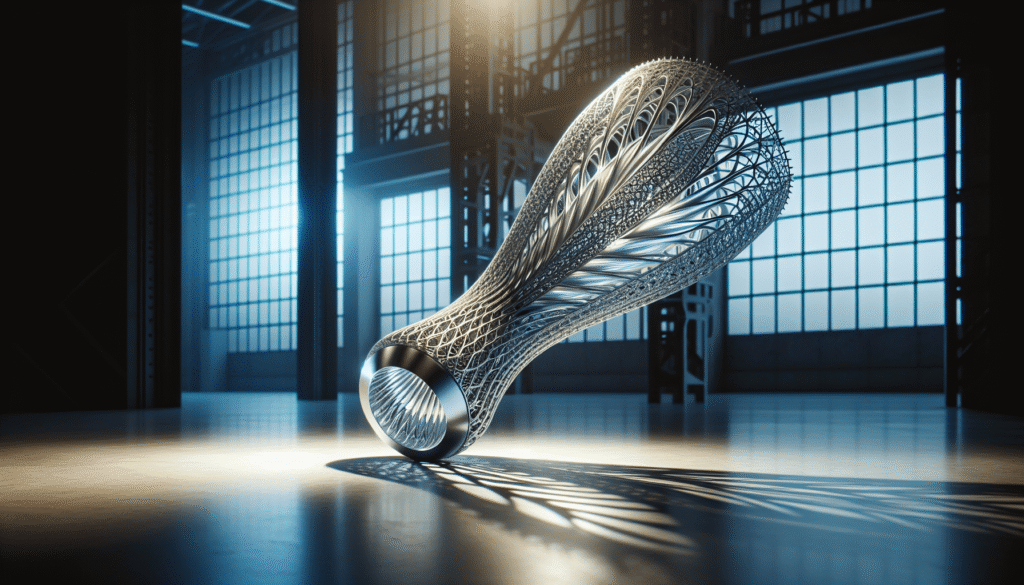
Overcoming the Challenges
While it’s tempting to get carried away in the cloud of potential 3D printing creates (it’s a lovely cloud, don’t you think?), it’s essential to address the challenges as well. After all, Rome wasn’t built in a day, and neither is an effective manufacturing revolution.
Certification and Qualification
First on the list is certification and qualification—a fancy way of saying the parts have to be approved by regulatory bodies to ensure safety and reliability. The process is often rigorous, and rightfully so, as it involves ensuring the components can handle the stresses and strains of flight without faltering.
Material and Process Limitations
As with any cutting-edge technology, there are limitations regarding materials and processing times. While the list of materials usable in 3D printing continues to expand, we’re still far off from encasing a spacecraft in 3D-printed parts alone. Slow production speeds also pose a barrier, as 3D printing currently complements rather than replaces conventional manufacturing.
The Future of Aerospace and Additive Manufacturing
Now that we’ve covered the present state of aerospace 3D printing, let’s take a peek into the crystal ball. It might not be flawless, but the picture it presents is rather captivating—just like riveting TV shows with a “next episode” teaser always are.
Sustainable and More Personalized Aircraft
As exploration continues, the potential to create more sustainable aircraft is a key aspiration. With efficient material use, 3D printing offers an unparalleled path towards greener skies. Not to forget the possibility of customized passenger experiences (think interiors tailored to specific markets or even individual tastes).
Space Exploration: The Final Frontier of 3D Printing
Moving from aircraft to spacecraft, the potential for 3D printing in space exploration is exceptionally promising. The capacity to manufacture spare parts directly in space could revolutionize missions, decreasing the need to carry excess supplies and reducing mission costs.
In Conclusion: The Sky’s the Limit
While there’s much to revel in regarding the present achievements of aerospace 3D printing, the future glimmers even brighter. As we progress, this fascinating field promises ongoing innovations that will reshape our perceptions of flight and space travel. One thing’s for certain: the sky’s not the limit—it’s just the beginning.
Though it started as a highly specialized segment, aerospace 3D printing is now a vibrant field, brimming with potential. Its contributions ripple across industries and inspire new possibilities. So, whenever your eyes catch a glimpse of an airplane high above, know that 3D printing is at work, generating awe and changing the world, one layer at a time.
